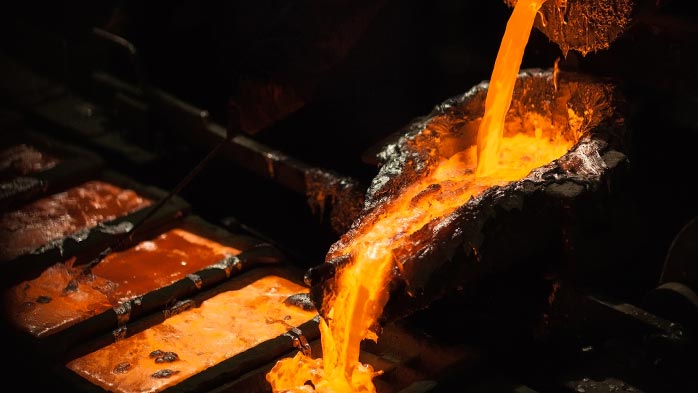
22 10月 Aluminum Water Slag Blocking Device
Aluminum Water Slag Blocking Device
The aluminum water slag blocking device is widely used in various occasions in aluminum foundry factories. The drawing is an aluminum water slag blocking device. Its excellent non-stick aluminum characteristics, no aluminum hanging, low heat absorption, no need to preheat before use. No pollution to the product.
The surface coating treatment of the product can obtain the effect of glaze, non-stick aluminum, no aluminum hanging, completely avoiding the adverse effect on silicon melt (including other metals). The product has excellent non-stick aluminum properties while ensuring the interaction between the metal melts between different castings.
The installation of the aluminum water slag blocking device is simple and convenient. The product has a long service life; except for improper use of artificial use.
The aluminum water slag blocking device is an inorganic material, and the main crystalline phase is xonotlite, which has stable physical and chemical properties, and the product does not adhere to aluminum water.
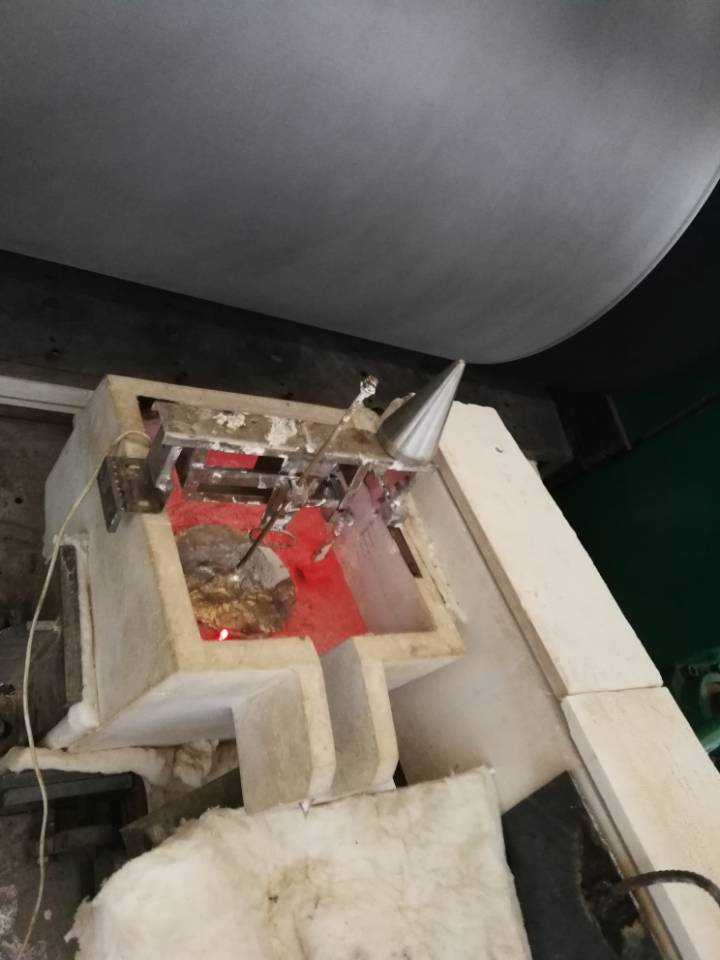
Product use: AdTech a luminum water slag blocking device is used together with casting mold. By setting the slag ring, the filtered aluminum liquid first enters the annular range formed by the slag ring body, and slag such as oxidation slag may be brought in. In the crystallizer, the slag blocking device body can intercept the slag such as oxidized slag, and prevent it from flowing into the inner side of the slag blocking device, and control the scum such as oxidized slag to be outside the slag blocking device, thereby reducing the aluminum alloy ingot. Risk of contamination by slag.
The advancement of alumina and DC electrolysis technology in the aluminum industry production laid the foundation for the industrial scale development of aluminum production. By the end of the 19th century, the production cost of aluminum began to decline significantly, and aluminum itself has become a common common metal. In the early 20th century, in addition to daily necessities, aluminum was mainly used in the transportation industry. In 1901, aluminum panels were used to make automobile bodies. In 1903, Alcoa supplied aluminum parts to Wright Brothers.

Aircraft. Automobile engines began to use aluminum alloy castings, and the shipbuilding industry also began to use aluminum alloy thick plates, profiles and castings. With the increase in aluminum production and advances in science and technology, aluminum is used in other industrial sectors (such as medical equipment, aluminum printing plates and refining). The use of deoxidizers for steel, packaging containers, etc. is also becoming more widespread, greatly stimulating the development of the aluminum industry.
In 1910, the world’s aluminum production increased to more than 45,000 tons. Large-scale production of aluminum foil and other new products, such as aluminum hoses, aluminum furniture, aluminum doors and windows and curtain walls, and various new products such as aluminum cookware and household aluminum foils have also been successively produced. The emergence of aluminum has made a big step forward in the popularity of aluminum. In 1906, Wilm, Germany invented a hard aluminum alloy that doubled the strength of aluminum and was used extensively in aircraft manufacturing and other arms industries during the First World War. Since then, aluminum alloys with different compositions and heat treatment conditions have been developed. These alloys have different characteristics and functions, which greatly expand the use of aluminum and enable the rapid application of aluminum in industrial sectors such as construction, automotive, railway, shipbuilding and aircraft manufacturing. development of.
With the development of the aluminum industry, more and more corresponding filter slag products are on the market, and these products require more challenges for the aluminum water slag blocking device.


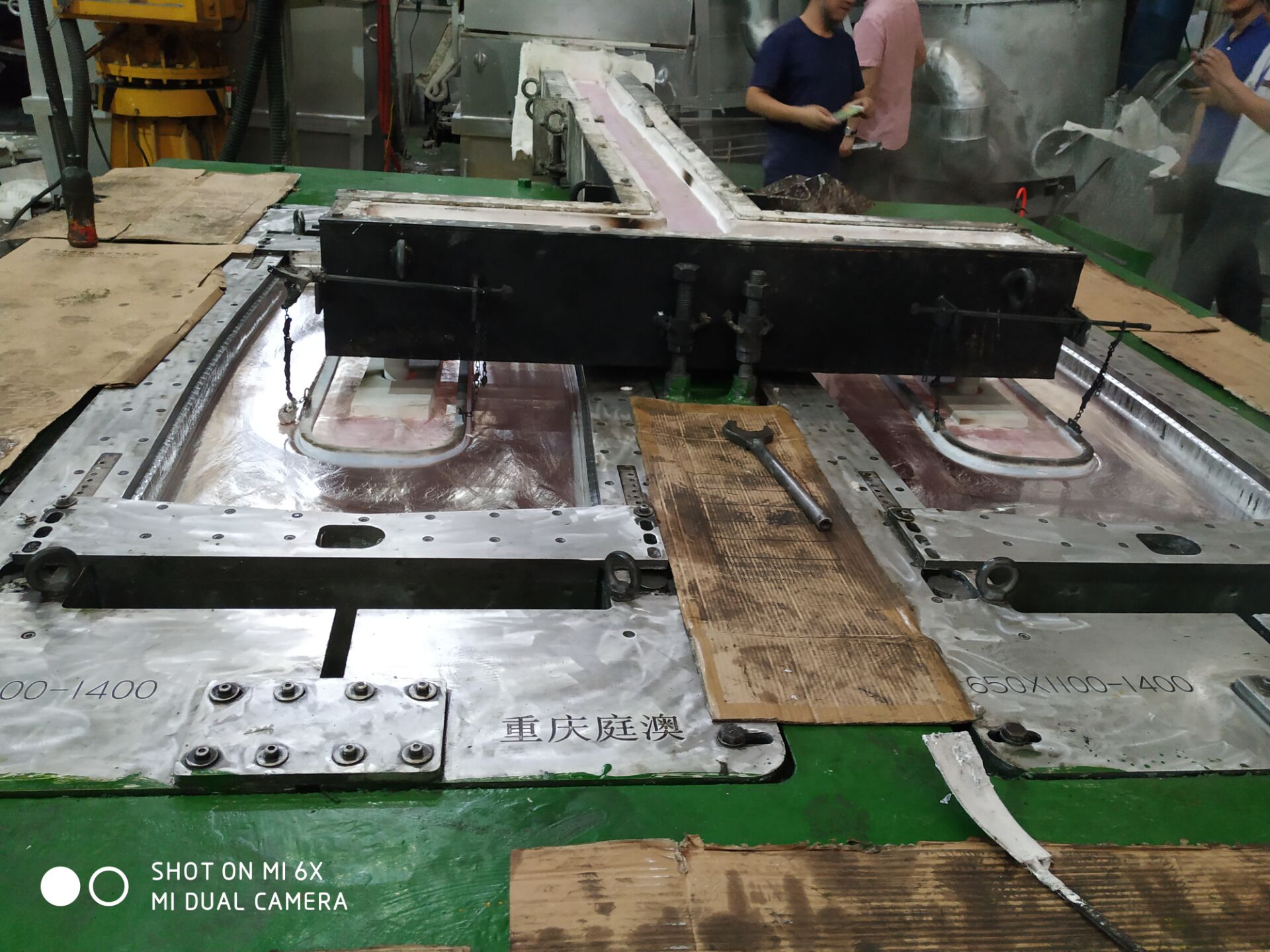

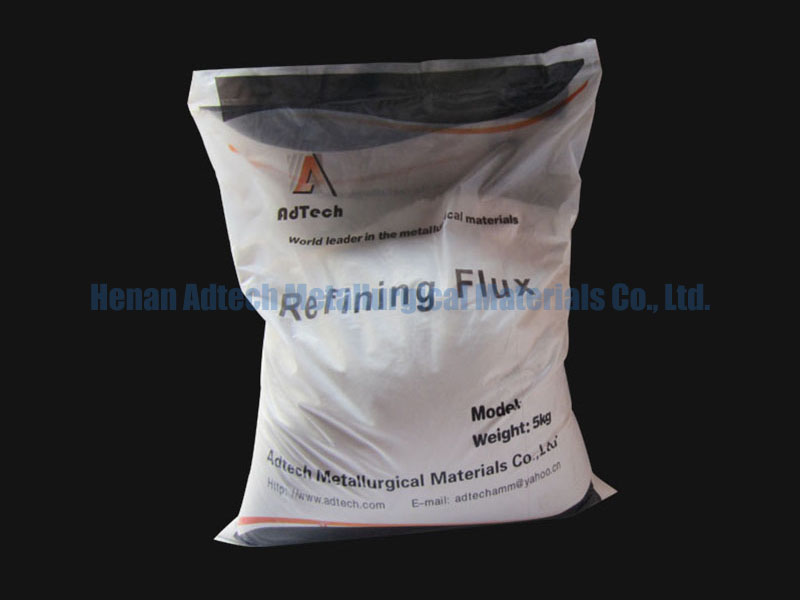
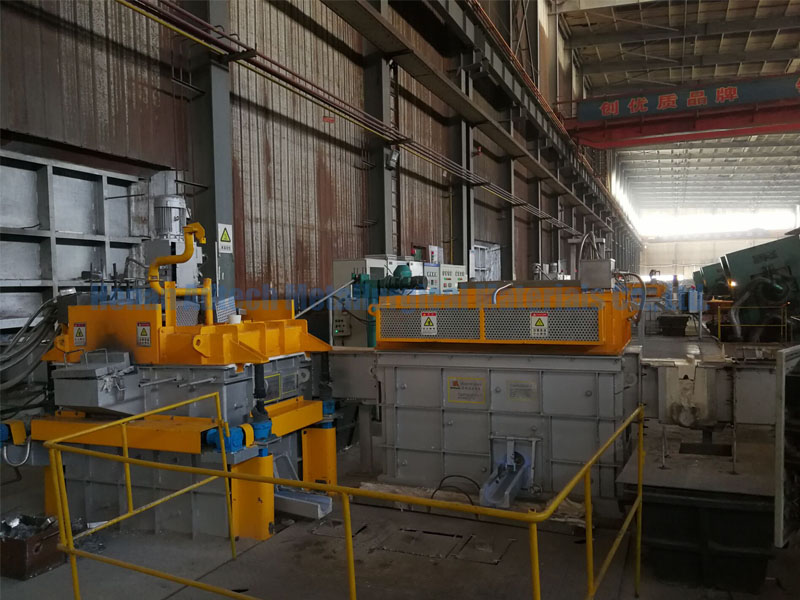
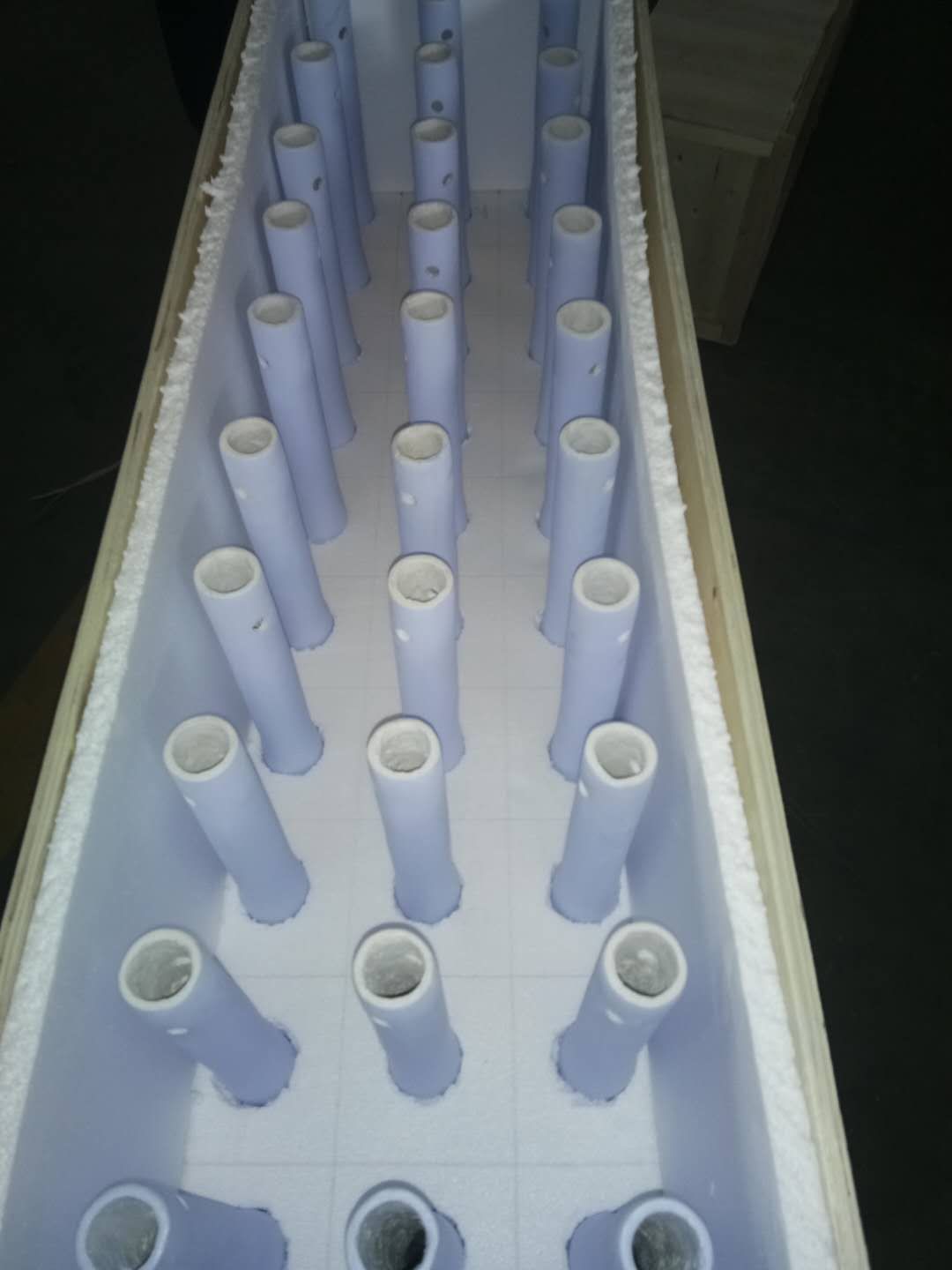
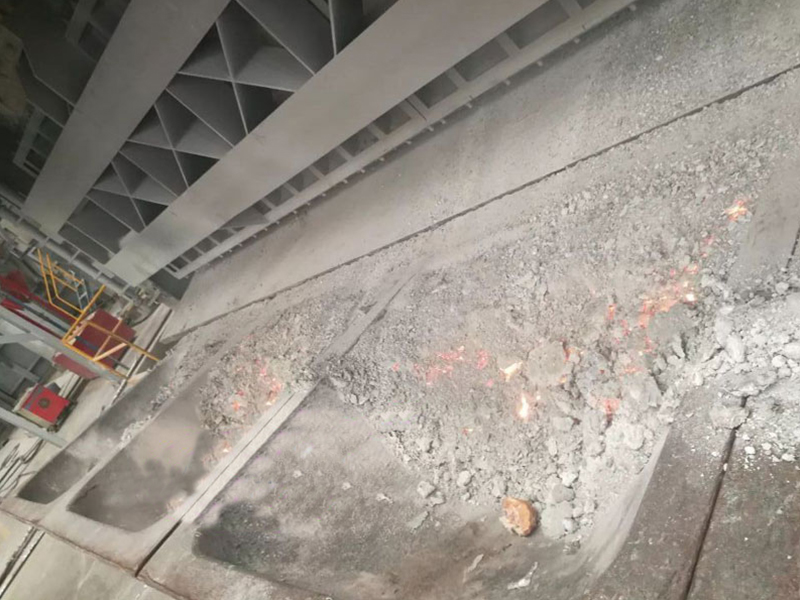
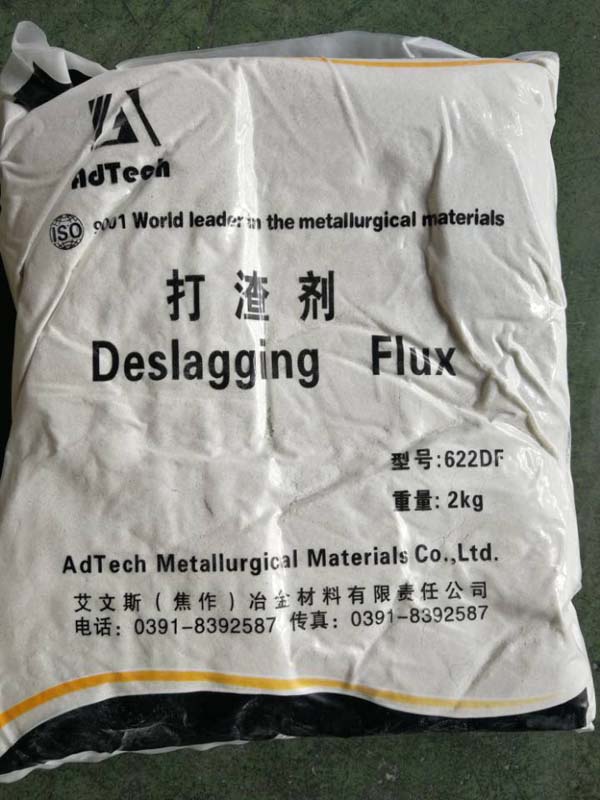
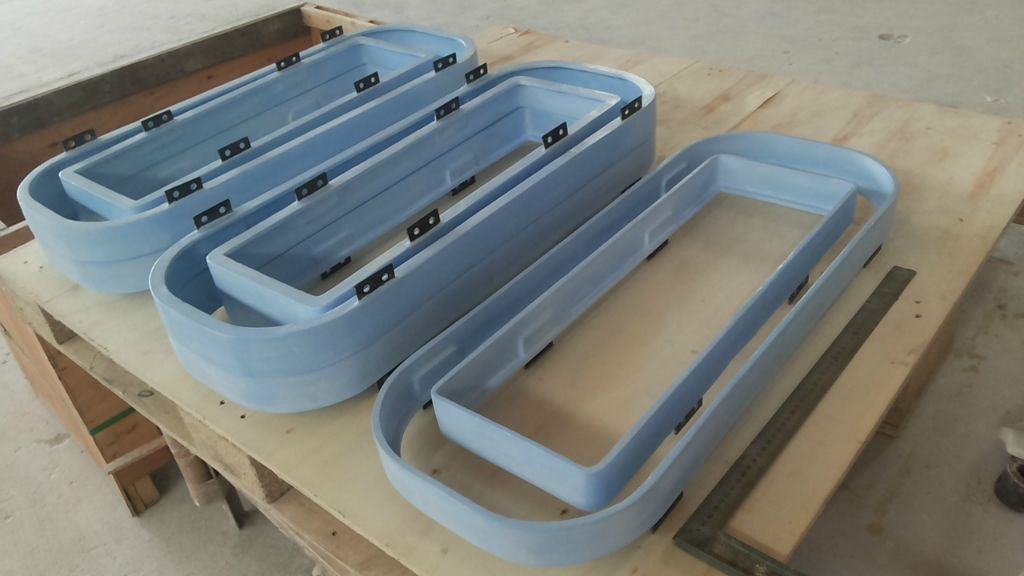
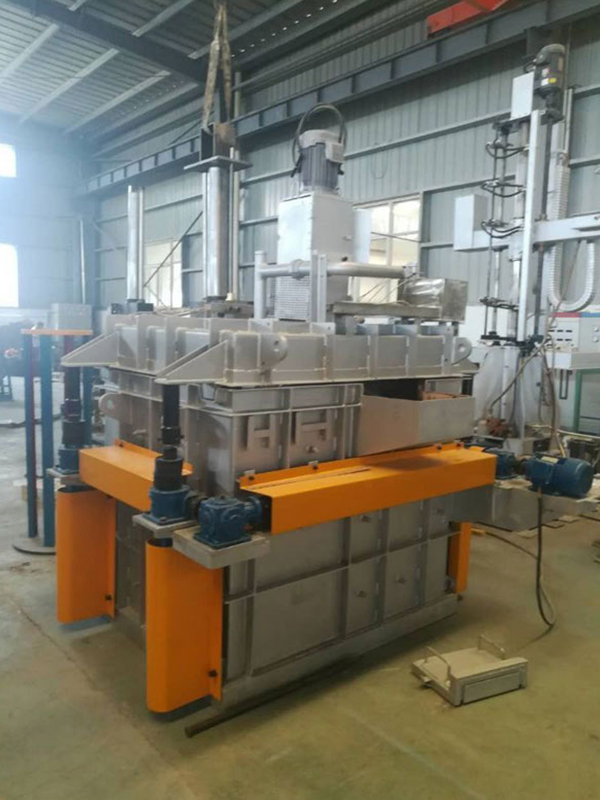
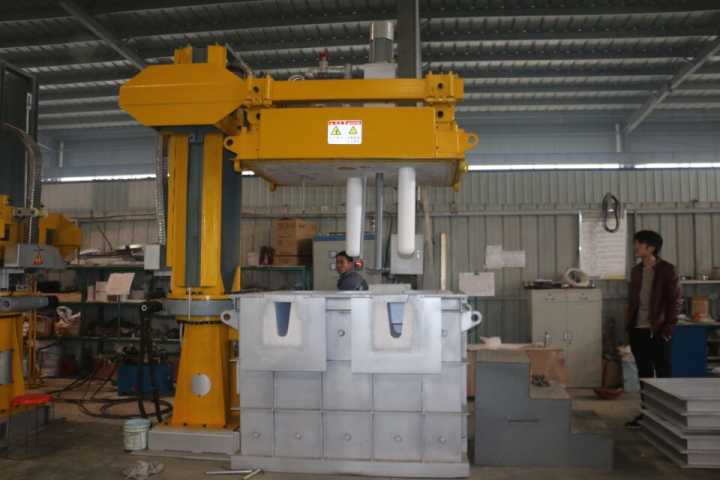
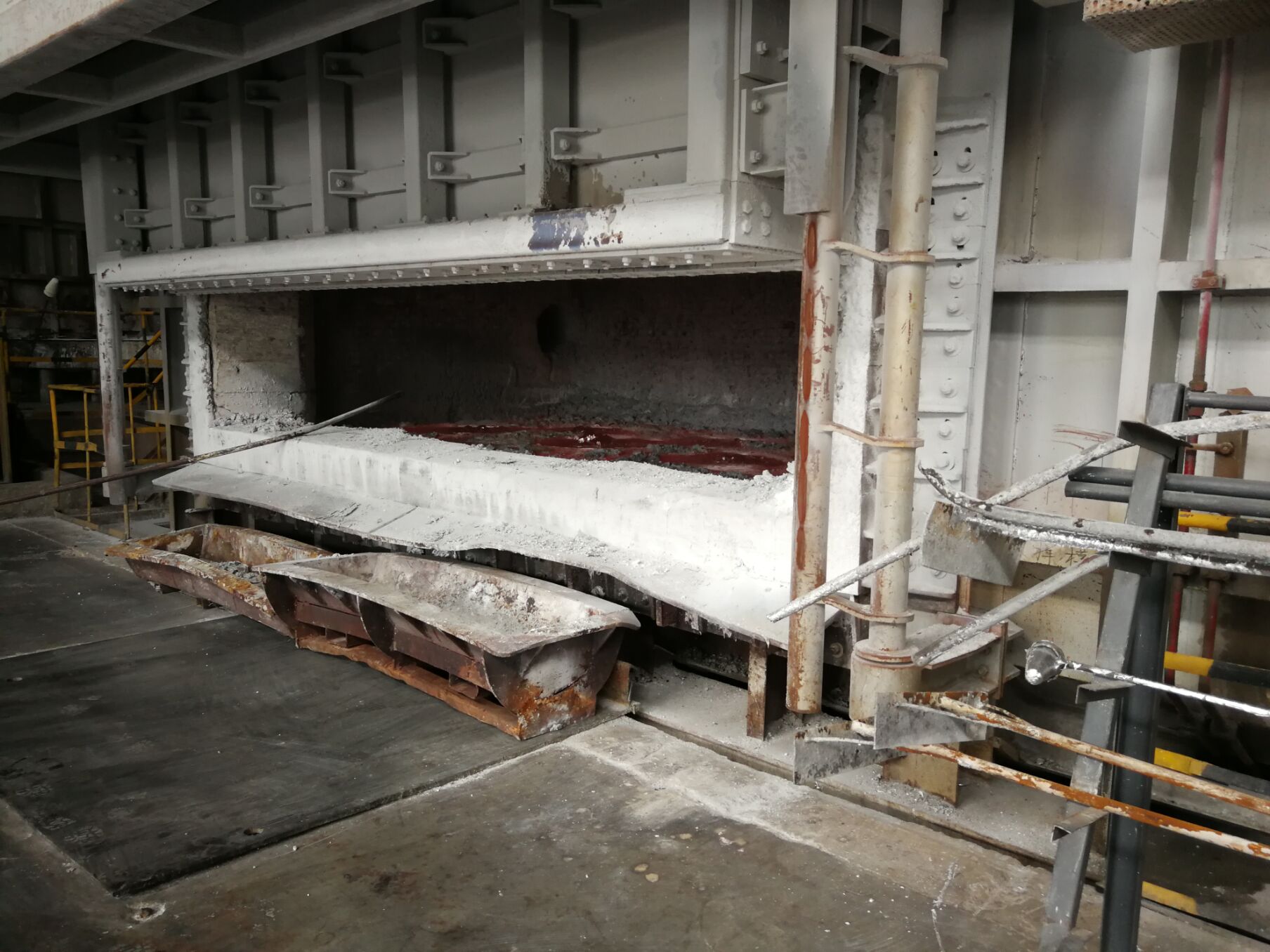
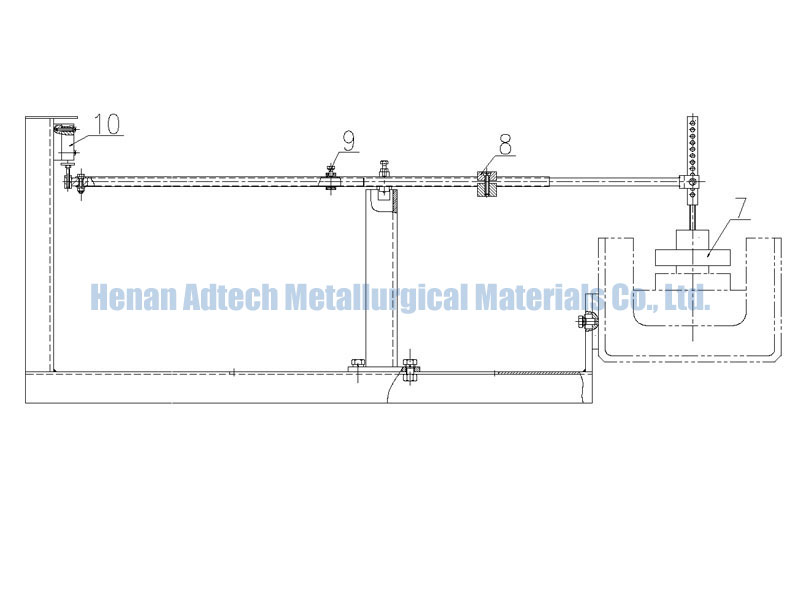
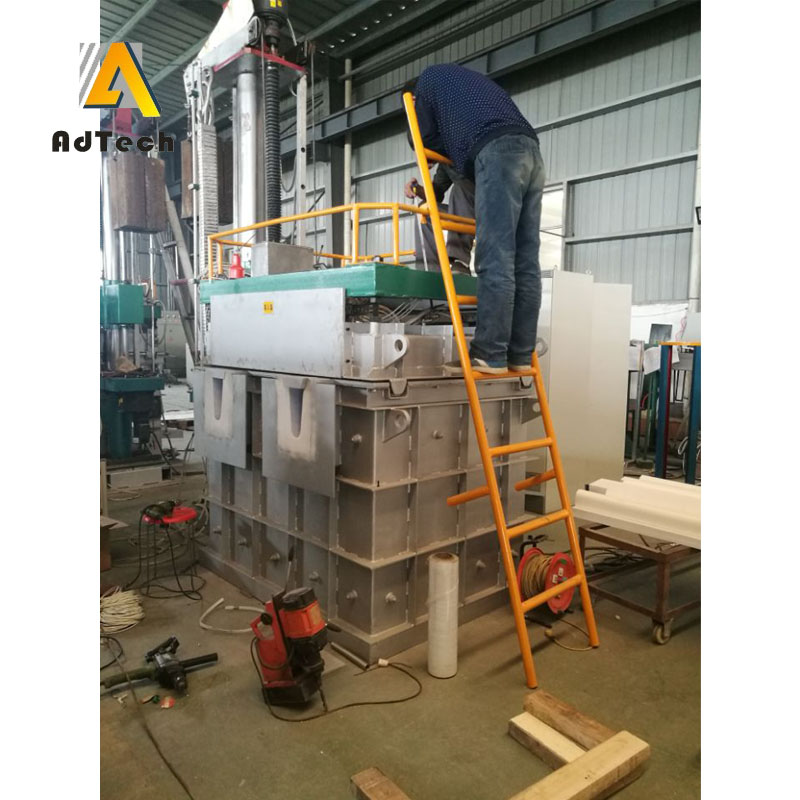

No Comments